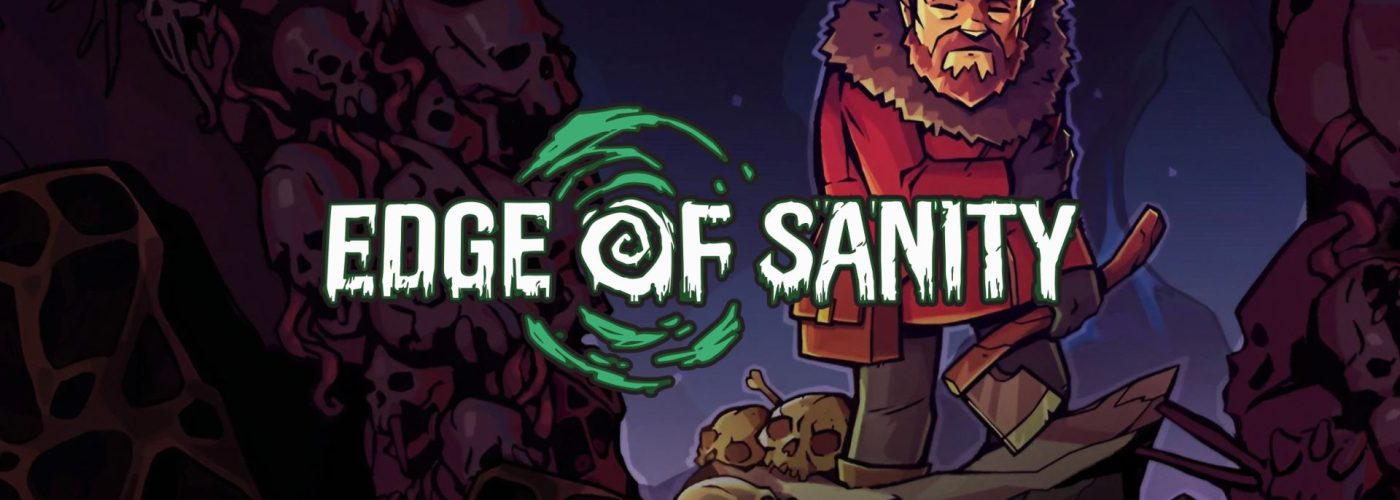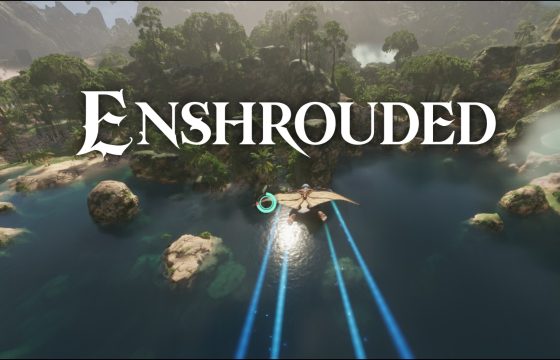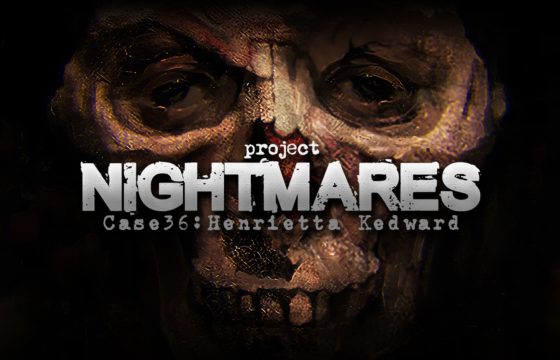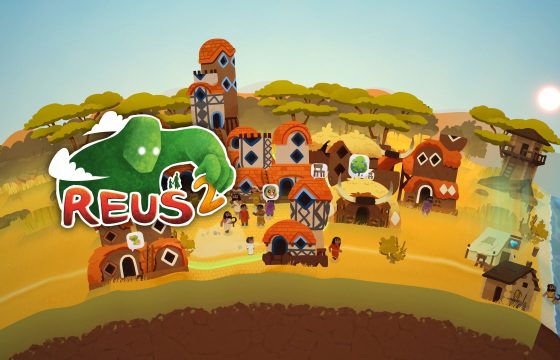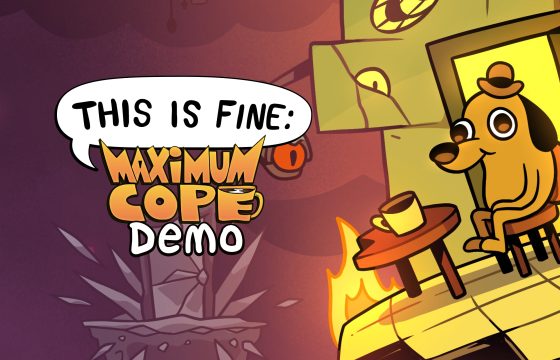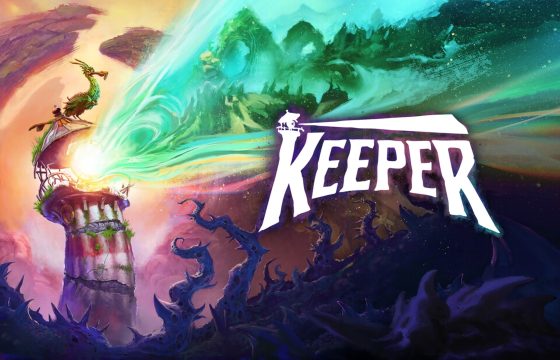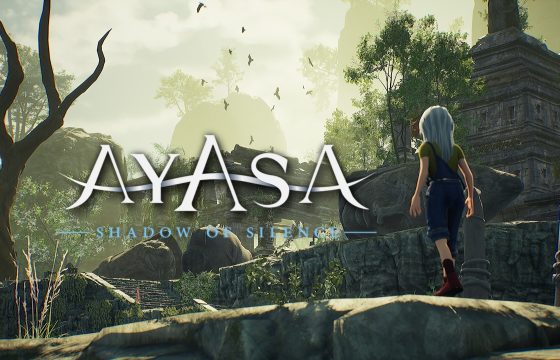In Edge of Sanity, the word “survival” means everything. In a chilling, horror-filled setting from another time, you’ll face dark forces that seek to take control of your mind.
Edge of Sanity launches today, September 13, 2024, for PC, PS4/PS5, Xbox One, Series S/X, and Nintendo Switch. It’s an intriguing 2D hand-drawn action-adventure game. We could define it as a survival horror with mythological atmospheres that, rest assured, will provide you with hours of thrilling suspense.
Developed by the Polish team Vixa Games, led by Karol Sollich, who also took charge of the project’s graphic design, and published by the well-known Daedalic Entertainment—publisher of games like Life of Delta, Into the Emberlands, and Shift 87—it’s yet another quality product. Despite a small team crafting it, the project includes all the right elements, aligning with its ambitious and realistic goals.
But let’s delve deeper into this adventurous nightmare, where survival will truly be a challenge.
Every man for himself
How tough and dangerous can an expedition to a place like Alaska be in the 1960s or 70s? And what would happen if, on top of the natural hardships and limited knowledge of the area, strange phenomena beyond the realm of normalcy began to occur? Unsettling, terrifying events that conceal ancient mysteries?

Our protagonist, Carter, is a middle-aged man whose task soon becomes far more challenging than expected. In the exploration zone, particularly within the area of experimentation, something unpredictable happens. Something malevolent has awakened, forcing the scientists to evacuate.
Now, strange creatures and even more bizarre mutations have filled the Prism Organization’s deserted facilities, with only a few scattered survivors remaining.
What lies behind these disastrous events? Is it, as often happens, humanity’s fault for pushing the boundaries of science too far, or is it a twist of fate, with humans merely the victims of circumstance?
Carter, a practical and well-organized man, takes it upon himself to rescue the scattered survivors and unravel these mysteries. But can he do it? How long will his mental stability hold, even before considering the physical toll?
Carter isn’t alone, though. Early on, we meet a colleague, Frank, who serves as a kind of touchstone and can always be found sitting by the camp the two have set up.

In this camp, we need to do much, but above all, rescuing the survivors remains key.
With the help of a map, which can only be consulted when at the camp, Carter can choose destinations where he’ll undertake various missions, ranging from rescuing the missing to gathering resources essential for survival, such as repairing crucial tools like the water and food stations.
The rescued survivors play a vital role, as they can be assigned different tasks like repairs or resource collection.
While this cooperation might make things seem easier, the dangers and limited chances of withstanding the harsh conditions make this adventure far more complex than it might initially appear.
Survival on the Edge
In Edge of Sanity, survival is everything. You’ll undertake missions to explore and gather resources, ensuring that Carter and the survivors he rescues can endure in such a hostile environment, with almost no tools at your disposal to combat the threats lurking in the mission locations.
The gameplay itself is not particularly complex. Carter’s actions are quite basic—collecting items, striking enemies, throwing objects—but because of this, they must be precise and well-measured.
You’ll encounter real monsters as well as transformed humans, each with varying levels of resistance. In some cases, a well-aimed stone might suffice, while others may need multiple hits to defeat.


However, attack tools like stones, axes, and even traps are always in short supply. Once you throw stones, you lose them, and if you miss your target, you’ll have very few left—usually no more than two or three at any time.
Axes, on the other hand, degrade with use. Each axe has a count of hits after which it breaks.
Being weaponless can be critically fatal, forcing you to adopt stealth mode. Carter makes sounds as he moves, marked by visible sound waves. You can, however, move slowly and crouched, producing no noise and allowing progress even in the presence of enemies.
Some monsters are sensitive to light, so you’ll have flares that provide intense but short-lived illumination. You’ll also have a lamp that needs frequent refueling but is effective for scaring off these monsters or seeing better in complete darkness.
The crafting system is fairly simple yet has its complexities. While you can use some resources as they are, you’ll often need to combine them to create what you need.
Within the camp, there’s a workbench and a storage area. The workbench is crucial because it is the only place where you can craft resources, except for items like medical kits, which you can use on the go.

The Abyss claims you
The most captivating aspect of Edge of Sanity is its homage to the Cthulhu mythos, with clear references to the malevolent and powerful entity conceived by Howard Phillips Lovecraft.
For those who may not know—though I doubt there are many—Cthulhu is an imaginary creature, a sort of semi-divine being of immense size and power, resting in the sunken city of R’lyeh in a death-like sleep, awaiting an astral alignment to awaken it. Primitive and insane cults worship the blasphemous deity, associating it with the rise of nightmares and human sacrifices.


The presence of the Fierceclaw natives in the story, along with elements such as the Stone of Thurul or the Offering to the Beast, typical of native traditions, are just hints of what will be explored as Carter delves deeper into these dark places.
These places often blur the line with reality.
Carter will endure stress that, once accumulated, risks triggering unpredictable karma, which could have either negative or positive effects.
The Fireclaw, however, are potential allies. As you encounter their totems, you can use them to lower stress levels.
Carter will also acquire genuine traumas—permanent mental scars formed from an accumulation of madness, such as Phantom Sight or Photomania. These affect character actions and reality perception, opening new dialogue options and enabling the creation of new items.

Throughout his dreamlike journeys, Carter will directly confront an entity with obvious Cthulhu-like features, subjecting him to true psychological terror.
In essence, death comes easily, trauma is a constant companion, and amidst all this, we must ensure the morale of our companions remains high. If any of them die, we can choose to give them a proper burial or “recycle” them as food.
Should all the survivors in our camp perish, the game ends, forcing us to load a previous save. So, neglecting them—or anything else—is not an option.
After all, the odds were never in our favor from the start (lol).
The 2D We Love
I always find the choice of hand-drawn art to be winning, mainly for one reason: it gives originality to the work.
Every artist has their own style, and this is quite evident in Edge of Sanity. Although the thick, bold lines may remind one of other works, such as Tails of Iron, the various characterizations are extremely distinctive.
There is a blend of synthesis and realism, with excellent lighting and a simple yet rich and, above all, harmonious coloring. The scenes – or pages – always have a superb balance of elements, lights, and colors, making Edge of Sanity seem straightforward while actually being of the highest technical caliber.
After all, Vixa Games’ goal is to create eccentric products with a unique artistic style and an unusual mix of themes and genres.
As they would say:
“Life is too short to play boring games.“

Conclusions
I thoroughly enjoyed Edge of Sanity, both for its type of gameplay, which doesn’t require particular skills for those like me who aren’t expert gamers but still demands attention, precision, and strategy, and for its unique and gripping story, which is simultaneously dark and unsettling.
What I loved most, however, is the graphic style. The artists execute the illustrations in Edge of Sanity with impeccable precision. They’re original, not overly elaborate, giving the game a visually distinctive and captivating impact.
The team has also crafted the sound design excellently. For instance, the team has calibrated the sound of footsteps well and made it realistic. I noticed this detail because there are games—without naming names—that have much higher ambitions but where the sound design falls short, with even the sound of a door knock coming across as unrealistic and off-putting.
If there’s one flaw—though let’s be clear, it’s not really a flaw—it’s the frustration that can come with the game’s difficulty. Limited resources often make completing a mission nearly impossible, and it’s really tough to keep the morale of those on the field high because of this.
Frustrating but realistic.
I highly recommend Edge of Sanity to anyone who loves video games, particularly to those who can appreciate a high level of stylistic originality and aren’t afraid of a bit of anxiety and suspense.
Indie Games Devel received a Steam key for the game for this preview review.

Edge of Sanity
PRO
- Unique artistic style
- Engaging atmosphere
- High technical quality
- Well-crafted sound components
- Strategic challenge
- Originality of the story
CON
- Frustration from scarce resources
- Difficulty in maintaining morale

